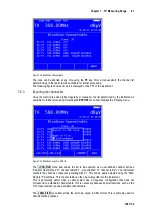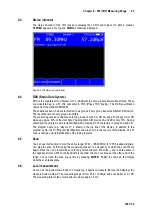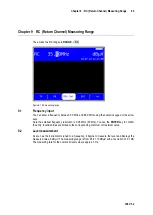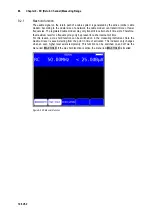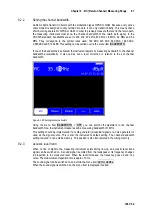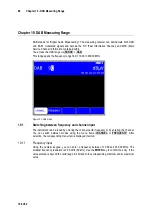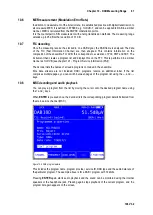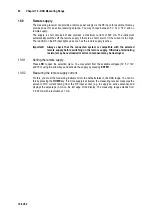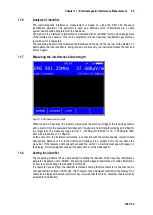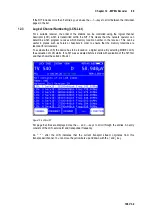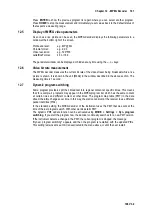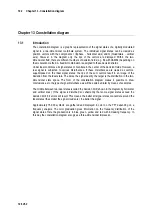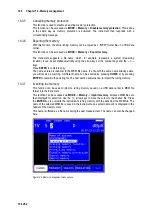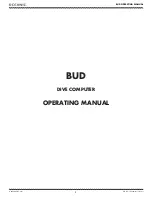
Chapter 11 - Electromagnetic Interference Measurement
93
106 V3.2
Electromagnetic Interference Measurement
Chapter 11
The German regulation on the protection of public telecommunication networks and transmission
and receiving radio plants that are operated in the defined frequency ranges for security purposes
(SchuTSEV) [“Verordnung zum Schutz von oeffentlichen Telekommunikationsnetzen und Sende-
und Emfpangsfunkanlagen, die in definierten Frequenzbereichen zu Sicherheitszwecken betrieben
werden”] has been in effect since May 2009. This regulation controls, for example, the switching off
of analog TV content in the special channels S2 to S5 for the protection of aircraft radio frequencies
(108 - 137 MHz). In addition, the regulation sets high requirements on the cable networks regarding
their maximum, permitted transmitted interference field strengths.
The principle of the procedure implemented in this measuring instrument for measuring
electromagnetic interference is implemented by many major cable network operators and is fully
compatible with their measuring procedures.
Basic information on measuring radiation and on the required measuring equipment can be found
in application note “AN002 – Electro Magnetic Interference Measurement (EMI)”. This document is
available from the webpage www.kws-electronic.de in the support section: “SUPPORT” –
“Application notes”.
11.1
Calling-Up
Call measuring of electromagnetic interference (EMI) under
RANGE
->
EMI
.
Figure 11-1 Electromagnetic interference measurement main screen
11.2
Frequency input
You can enter a frequency between 45.00 MHz and 868.00 MHz (or 1214.00 MHz if the device is
equipped with the corresponding hardware option) using the numeric keypad or the arrow keys.
Increments are made in steps of 50 kHz. Use the
ENTER
key to confirm the entry. It is important to
make sure that identification frequency generator and measuring receiver are tuned to the same
frequency.



